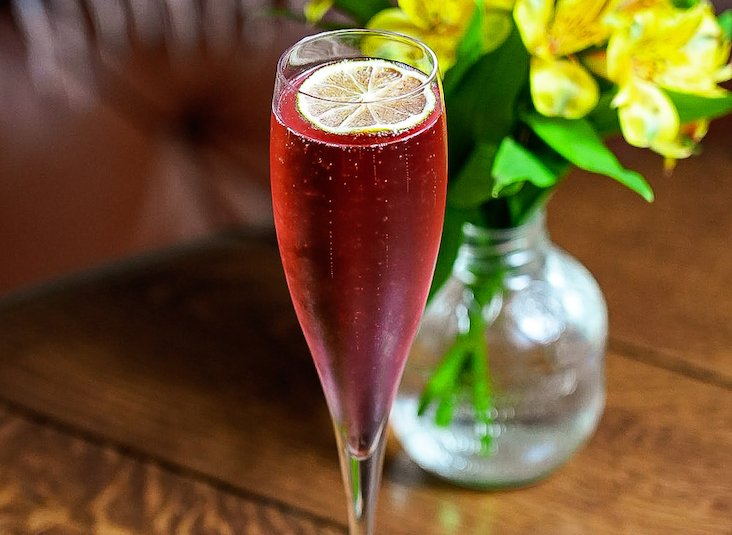Operators who are thriving with the small plates model agree that the ability to communicate at the very beginning of the meal is key in terms of wine and food pacing, because it helps set expectations both for the staff and for the guests.
“You have to be able to read your customer and find out what kind of experience they want at the bar,” says Jason Kosmas, co-owner and principal bartender at Macao Trading Co., a Portuguese-Chinese shared plates concept, and co-owner of Employees Only, a speakeasy-style venue, both in New York City. “Most importantly, you have to listen and pay attention.”
There is one immutable fact: the customer is the one who sets the pace. “The most important thing to do is to find out what the guests’ expectations are. The first thing is to explain your concept and the menu, and how things work—whether or not plates are meant for sharing,” says Dan Kezner, director of restaurant operations for Heavy Restaurant Group, which operates four restaurants in Seattle and its suburbs. The group owns three Purple Café and Wine Bar venues and Barrio, a Mexican small plates concept in Seattle.
The flip side is setting expectations with the customer on which menu items basically match up with amount of time they have. “If they order five or six things, you need to explain the pacing—how many courses are served together, then what’s next in sequence so they know what to expect,” says Kezner. “You need to know your kitchen’s pacing and the average time it takes a customer to eat a particular plate.”
Wait staff also needs to think about utensil setups and accompaniments for each dish. “My biggest pet peeve is not setting up the person to eat before you even go to the computer,” says Kosmas, “and remember things like bread. Never go to the table or bar with a plate unless you already have everything on it the customer needs in order to eat!”
Wine flights are one solution to pacing. Purple Café, with a 6,000-bottle selection at its Seattle location, delivers four wines at one time, each two and half ounce pours. It also offers 70 to 80 by-the-glass pours, which range from $5.75 to $19 each. The restaurant also will do custom-selected flights to pair with small plates.
“Staff has to be very alert to the customer’s food order to pace the wine correctly,” says Kezner. “If the person has food ordered and no wine at their table, the server has to get over to that table and pre-sell the next wine selection by making suggestions.” l
Step by Step
1. Glasses should be filled to about four ounces; at that level waitstaff can see how fast a person drinks.
2. Replenish white wine more frequently than red to maintain temperature.
3. A customer should always have at least one sip left in the glass; never pour less than an ounce of wine into a customer’s glass.
4. Pour the last few ounces into the glass of the host; it indicates the wine is finished without a word being said.
5. Don’t pour wine into a glass that already is full; it will look like you are pushing the customer to order another glass or bottle.



